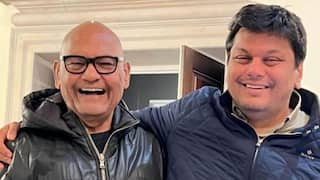World Braille Day 2023: Theme, History And Significance
Braille is essential in the context of education, freedom of expression and opinion, as well as social inclusion.

New Delhi: Each year, January 4 marks World Braille Day which falls on the birth anniversary of French educator and inventor, Louis Braille.
Braille, used by the visually impaired, is a tactile representation of alphabetic and numerical symbols using six dots to represent each letter and number, and even musical, mathematical and scientific symbols.
History
Louis Braille was blinded at age three after an accident occurred while he was playing with his father’s tools. Braille was a gifted musician and after receiving a scholarship, he went to Paris to attend the National Institute for Blind Children in 1819 where he later taught in 1826.
At age 15, he invented a system inspired by a communication system invented by shorthand inventor Charles Barbier. Barbier's invention was a code of up to twelve dots in two columns, impressed into thick paper. These impressions could be interpreted entirely by the fingers.
Braille adapted to this code, and with a simple instrument that met the needs of sightlessness. He later used this system consisting of a six-dot code in various combinations and even adapted it to musical notation.
ALSO READ: Malaika Arora Sets Fitness Bar Higher As She Shares Her Recent Workout Series On Social Media
Significance
People with disabilities are less likely to access health care, education, employment, and community participation.
During the pandemic, for the visually impaired the lockdown has posed several issues, especially for people who rely on the use of touch to communicate their needs and access information. The pandemic revealed how critical it is to produce essential information in accessible formats, including in Braille and audible formats.
These days Braille is used on the packaging of everyday items such as shampoo bottles, prescription packets and signages.
Braille is essential in the context of education, freedom of expression and opinion, as well as social inclusion.





































